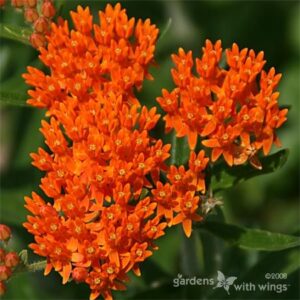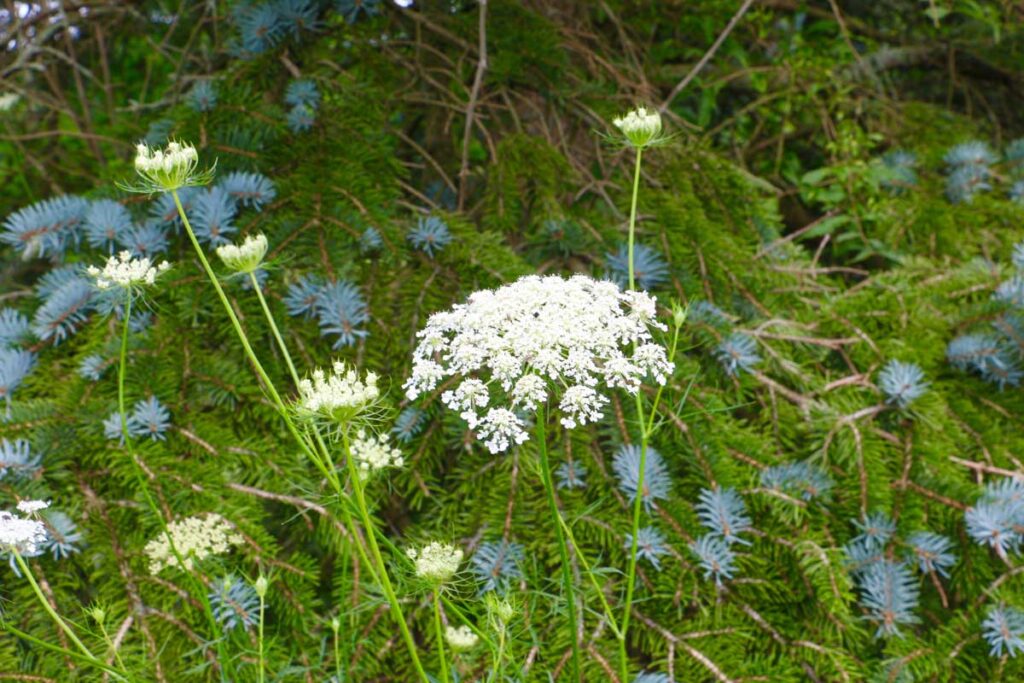It’s springtime! The birds are singing and the black-eyed Susans are blooming! Wait, you don’t have any blacked-eyed Susans? You don’t have Ohio spiderwort or wild petunias either? Well, that’s okay. Your garden looks lovely. But, if you live in Ohio, makes sure to include some Ohio native plants, which include many gorgeous flowers native to our lovely region.
Growing Native

Wherever you live, planting native flowers and other vegetation benefits the local ecosystem in many ways. Tulips and lavender may look and smell great in your yard but these non-native plants do little to benefit local wildlife. On the other hand, flowers like milkweed and butterfly weed provide food and shelter for indigenous pollinators.
Native flowers are great for planting whether you’ve been doing it for years or you’re new to gardening. Continue reading to learn how Ohio native plants can beautify your yard, benefitting you and the local wildlife.
Low Maintenance, Less Water
Native Ohio plants and flowers require little maintenance. Native plants are low maintenance because they have already adapted to the soil type in this area. This means that they grow more quickly and easily because they do not need to adapt to the soil’s pH. Plus, the soil provides all the nutrients they need. Better Homes and Gardens explains that native plants cover more ground to quickly choke out weeds.
Native plants are adapted for the climate in Ohio, too. So once you introduce the flowers to your garden you don’t have to keep buying new plants year after year. Flowers like butterfly weed and gray goldenrod don’t need to be replaced year after year because they can survive the winter.
For that same reason, native plants require less watering. Native Ohio plants can withstand droughts and rainy seasons. They grow well in this area and can survive just about any weather mother nature throws at us. By watering flowers less in the garden, you not only save money but help conserve our most precious resource, water.
Weeds vs. Plants

Plants like honeysuckle may seem commonplace but that’s because they were introduced to the U.S. in the 1800’s. What many people don’t know is that these plants were brought here from Japan as an ornamental plant. Upkeep on these plants can be difficult. So many homeowners just them left to their own devices. As a result, they have taken over and stolen the resources of our native plants. These plants might look and smell pretty but in reality, they are invasive weeds.
Some gardeners overlook the huge difference between weeds and native plants. Weeds, as Hunker explains, “invade the habitats of other plants, causing damage and death… Invasive weeds appear in habitats that already belong to other plants, growing so well and so quickly that they overtake or otherwise compromise the existing ecosystem.” So some flowers we sometimes consider weeds, such as milkweed and butterfly weed, don’t fit the definition.
Native Ohio plants make great shelter and food supply for many native bugs and animals. By weeding them out landowners and commercial farmers actually damage the natural landscape and certain species of wildlife.

Did you know that the caterpillar of a monarch butterfly feeds solely on milkweed? This flowering plant grows all over the U.S. As monarchs migrate, they lay their eggs on milkweed leaves and then the caterpillars feed on them. To prevent their extinction organizations like The Cincinnati Zoo & Botanical Garden are creating programs to educate Ohioans on how milkweed can benefit our local environment and possibly prevent the extinction of this beautiful butterfly.
So before you weed those pesky flowers, research whether they’re really hurting or helping.
Pollinators
Ohio pollinators need native flora. Pollinators include far more than just bees and butterflies. Many other species help pollinate flowers and plants. Audubon states that pollinators also include hummingbirds, bats, and beetles. Different pollinators “specialize” in different native plants. Some of these–take bats, for example–keep away unwanted pests like biting insects. When you help them, they help you in turn.
You have many choices for flowers, trees, and shrubs to add to your garden this year. Sometimes they can be hard to find in big box stores because they are not popular among gardeners. You can, however, find them in many local greenhouses. The Cincinnati Zoo & Botanical Garden even advises many area nurseries on what to stock. For a list of native Ohio plants, check out The Ohio Department of Natural Resources to find the best plants for your garden.
If you are considering adding flowering plants to your yard or garden, consider those that are native to this region. Not only will you add beautiful diversity to your garden but you will help the local ecosystem, which can always use some TLC.


 Four Ways to Spend More Time Outdoors This Fall
Four Ways to Spend More Time Outdoors This Fall